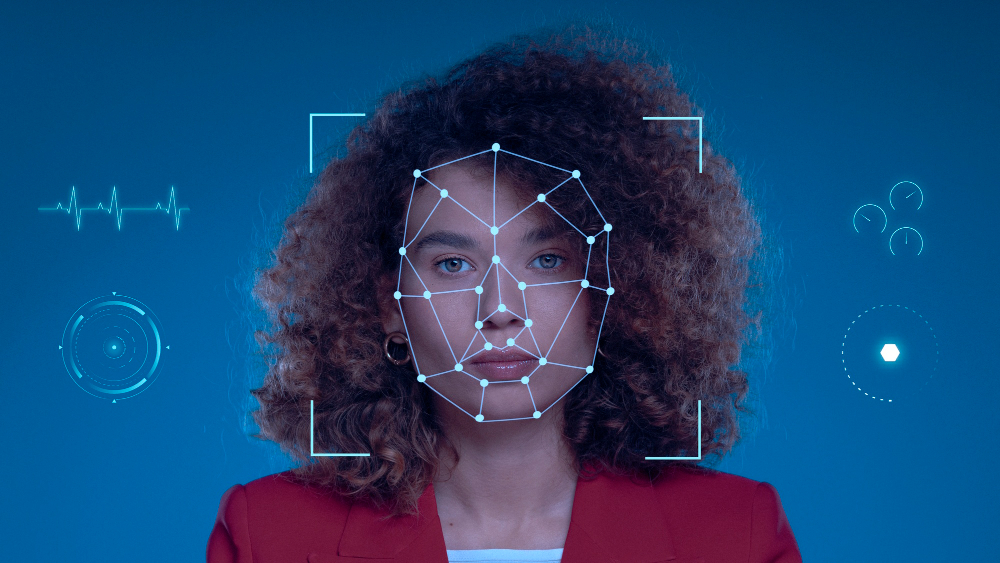
Gone are the days of fumbling with tickets and waiting in long lines at events. Facial recognition technology access control is changing the game, offering a smoother entry process while simultaneously enhancing security. But how exactly does this technology work, and what are the benefits for event organizers and attendees alike? Let’s delve into the world of facial recognition and explore how it’s transforming the event experience.
How Facial Recognition Works its Magic?
Imagine this: you walk up to the entrance of a concert, look into a camera for a brief moment, and voila – the door unlocks, welcoming you in. That’s the magic of facial recognition. Here’s a simplified breakdown:
-
Enrollment: During event registration, attendees upload a photo or have their picture taken at a designated booth. This creates a database of authorized faces.
-
Facial Detection: At the event entrance, a camera equipped with facial recognition software scans the faces of those approaching.
-
Matching and Access: The captured image is compared against the database of registered faces. If there’s a match, the system grants access, often with a friendly message or visual confirmation.
The Benefits: A Win-Win for Everyone
Facial recognition access control offers a multitude of advantages for both event organizers and attendees. Here’s a closer look:
For Organizers:
-
Enhanced Security: Facial recognition is a more reliable method of verifying participant identities. This helps to prevent unwanted access, dissuade possible security risks, and ensures the safety of everyone present.
-
Streamlined entry: Say goodbye to lengthy lines! Facial recognition greatly shortens admission times, allowing guests to glide through the procedure and get to the fun sooner. This results in a smoother overall experience and happy attendees.
-
Real-Time Surveillance: Facial recognition systems may be connected with security cameras to provide real-time surveillance of the event venue. This enables security staff to immediately detect questionable activities or persons on a blacklist.
-
Data-Driven Insights: Some systems can even harvest anonymized demographic data using facial recognition. Organizers can utilize this useful information to understand the attendees better and plan future events with more strategic planning.
For Attendees:
-
Faster Entry: No more rummaging through bags for tickets or struggling with barcodes. Facial recognition allows for a quick and convenient entry process, eliminating the frustration of long lines and missed event beginnings.
-
Contactless Access: In today’s hygiene-conscious world, facial recognition offers a contactless entry solution. This is particularly beneficial for events with large crowds, minimizing physical contact and promoting a safer environment.
-
Improved Organization: The efficiency of facial recognition frees up event staff to focus on other crucial aspects, ensuring a well-organized and enjoyable experience for everyone.
Addressing Concerns: Privacy and Accuracy
While facial recognition offers undeniable benefits, it’s important to address potential concerns. Here are some key points to consider:
-
Privacy: Transparency is key. Event organizers should clearly communicate how facial recognition data is collected, stored, and used. Attendees should have the option to opt out if they prefer not to participate.
-
Accuracy: Facial recognition technology is constantly evolving, but it’s not perfect. Factors like lighting variations or facial expressions can impact accuracy. Having a backup plan, such as traditional ID checks, is crucial.
Additional Challenges in the Facial Recognition System
Here are some of the challenges that face recognition system deals with, let’s know more about it:
-
Environmental Variability: Consider a concertgoer walking from the brilliant sunshine into a darkly lighted arena. Facial recognition systems may struggle with such drastic illumination shifts. Similarly, sunglasses, hats, or even a fresh haircut might distort facial characteristics sufficiently to fool the algorithm. These environmental influences might result in incorrect rejections or mistaken identities.
-
Database Bias: The accuracy of facial recognition systems is limited by the data on which they are trained. If the training data is predominantly made up of faces from a single population, the system may struggle to reliably distinguish people from diverse ethnicities or age groups. This prejudice can result in biased security screenings and uneven experiences for guests.
-
Privacy Concerns: Facial recognition technology collects and stores biometric data, or a person’s unique facial signature. This raises issues about how the data is utilized, safeguarded, and preserved. Event organizers must be open about their data-gathering activities and guarantee that they follow any privacy requirements.
-
Security Risks:: Facial recognition technology, like any other digital system, is subject to hacker efforts. If a hacker acquires access to a database containing face recognition data, it might be exploited for identity theft or other nefarious activity. To secure sensitive information, strong security measures must be in place.
The Future of Facial Recognition at Events
Facial recognition technology is here to stay, and its uses in the event sector are expected to expand even more. As technology advances, we should expect more accuracy, quicker processing speeds, and interaction with other security systems.
Finally, face recognition access control offers a viable approach for increasing security and expediting event entrance. By resolving privacy issues and assuring responsible deployment, this technology has the potential to make events more safe and pleasant for everyone.

